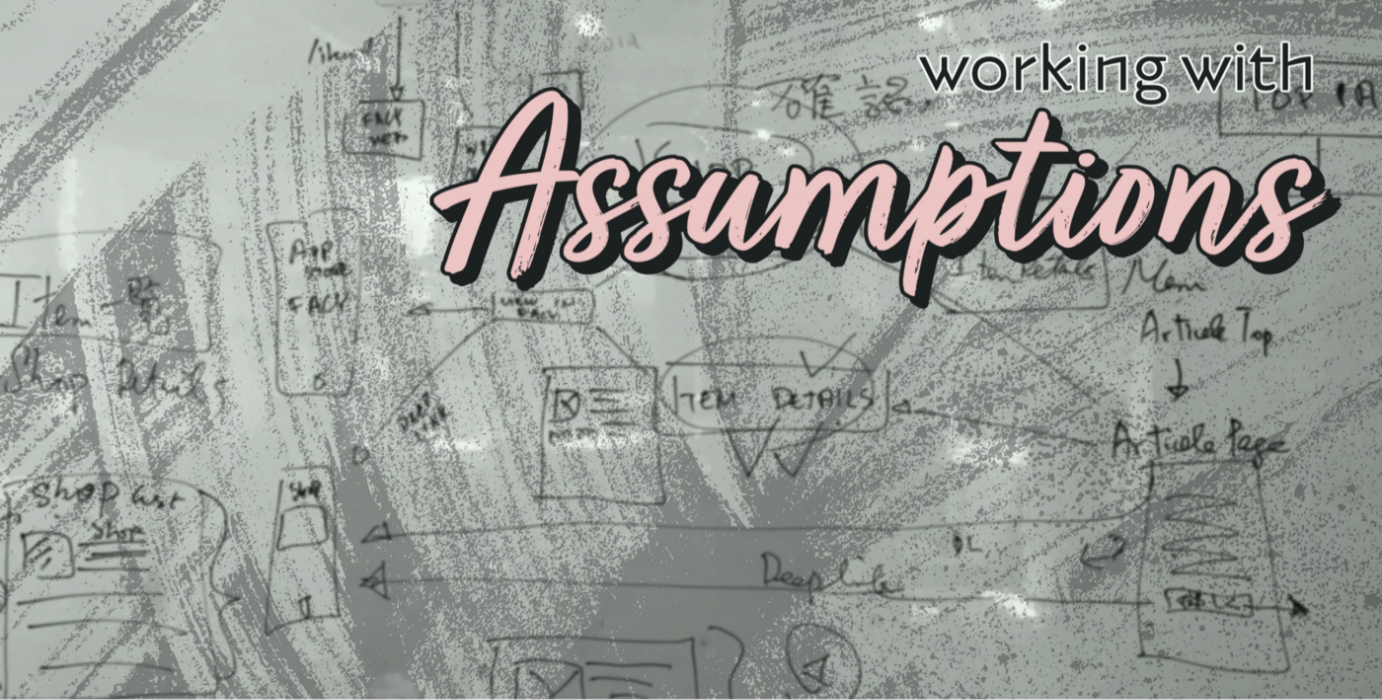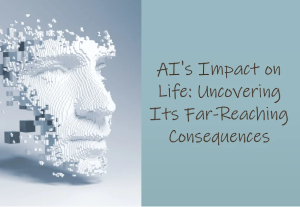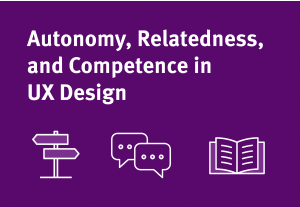AI as a Research Participant: Tips, Tools, and Techniques
- The article discusses the research into how emojis influence online communication, conducted using GPT-3.5 Turbo, and highlights the findings and challenges in incorporating AI into studies.
Share:AI as a Research Participant: Tips, Tools, and Techniques
Share this link
- September 21, 2023
6 min read









